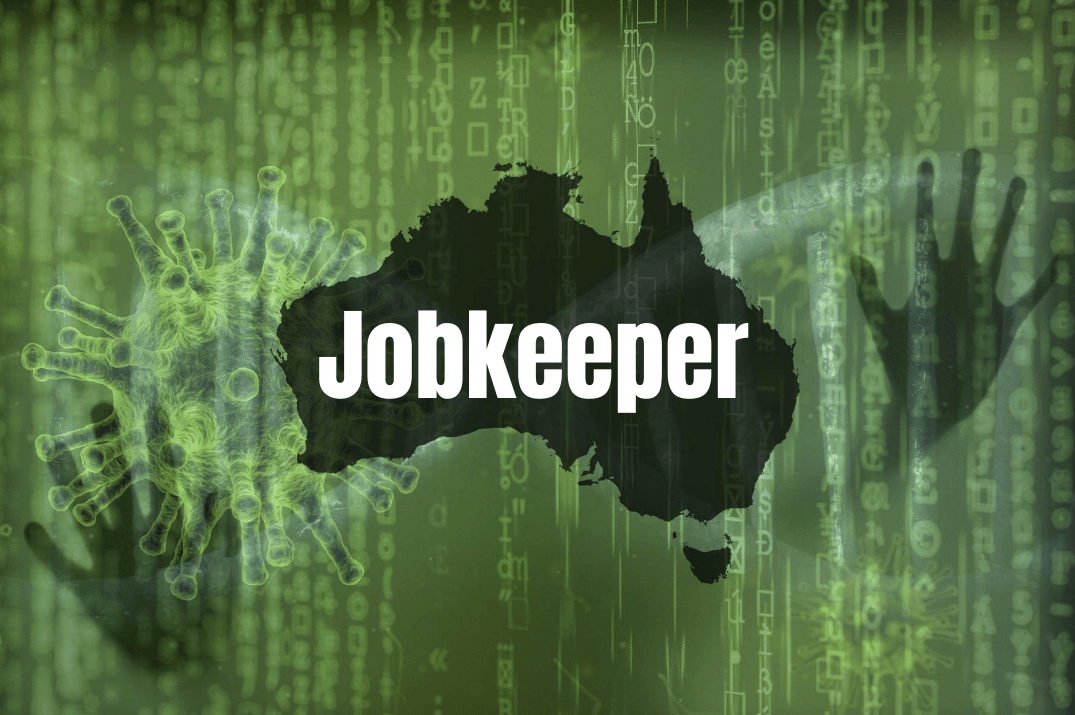What's New With Job Keeper
.png)
The JobKeeper Payment, which was originally due to run until 27 September 2020, will now continue to be available until 28 March 2021.
The payment rate of $1,500 per fortnight for eligible employees and business participants will be reduced to $1,200 per fortnight from 28 September 2020 and to $1,000 per fortnight from 4 January 2021.
Lower payment rates will also apply for employees and business participants that worked fewer than 20 hours per week.
Furthermore, from 28 September 2020, businesses and not-for-profits seeking to claim the Job Keeper Payment will be required to demonstrate that they have suffered an ongoing significant decline in turnover based on their actual GST turnover (rather than projected GST turnover).
From 28 September 2020, businesses and not-for-profits will be required to reassess their eligibility with reference to their actual GST turnover September 2020 quarter. They will need to demonstrate that they have met the relevant decline in turnover test to be eligible for the Job Keeper Payments from 28 September 2020 to 3 January 2021.
Then, from 4 January 2021, businesses and not-for-profits will need to further reassess their turnover to be eligible for the Job Keeper Payment. They will need to demonstrate that they have met the decline in turnover test with reference to their actual GST turnover in each of the September and December 2020 quarters to remain eligible for the Job Keeper Payments from 4 January to 28 March 2021.
To be eligible for Job Keeper Payments under the extension, businesses and not- for-profits will still need to demonstrate that they have experienced a decline in turnover of at least:

- 50 per cent for those with an aggregated turnover of more than $1 billion;
- 30 per cent for those with an aggregated turnover of $1 billion or less; or
- 15 per cent for Australian Charities and not-for-profits Commission- registered charities (excluding schools and universities).
If a business or not-for-profit does not meet the additional turnover tests for the extension period, this does not affect their eligibility prior to 28 September 2020.
The Job Keeper Payment will continue to remain open to new recipients, provided they meet the existing eligibility requirements and the additional turnover tests during the extension period.
Adjustments to employee eligibility – From 3 August 2020, the relevant date of employment (which is used to determine an employee’s eligibility to JKPs) will move from 1 March 2020 to 1 July 2020. This is designed to increase employee eligibility for both the existing JKP scheme, as well as for the new extension periods from 28 September 2020.
The extended JobKeeper Payment rates
From 28 September 2020 to 3 January 2021, the JobKeeper Payment rates will be:
- $1,200 per fortnight for all eligible employees who, in the four weeks of pay periods before 1 March 2020, were working in the business or not-for- profit for 20 hours or more a week on average, and for eligible business participants who were actively engaged in the business for 20 hours or more per week on average in the month of February 2020; and
- $750 per fortnight for other eligible employees and business participants.

From 4 January 2021 to 28 March 2021, the Job Keeper Payment rates will be:
- $1,000 per fortnight for all eligible employees who, in the four weeks of pay periods before 1 March 2020, were working in the business or not-for- profit for 20 hours or more a week on average and for business participants who were actively engaged in the business for 20 hours or more per week on average in the month of February 2020; and
- $650 per fortnight for other eligible employees and business participants.).
Employers will continue to be required to make payments to employees equal to, or greater than, the amount of the JobKeeper Payment (before tax), based on the payment rate that applies to each employee (i.e., they will be required to satisfy the 'wage condition').
Additionally, the eligibility rules for employees remain unchanged.
The Commissioner of Taxation will have discretion to set out alternative tests that would establish eligibility in specific circumstances where it is not appropriate to compare actual turnover in a quarter in 2020 with actual turnover in a quarter in 2019, in line with the Commissioner’s existing discretion.

As always, don't hesitate to contact us if you have any queries in relation to the above and head to our Blog Page to view more tools and resources available to help you including ;














